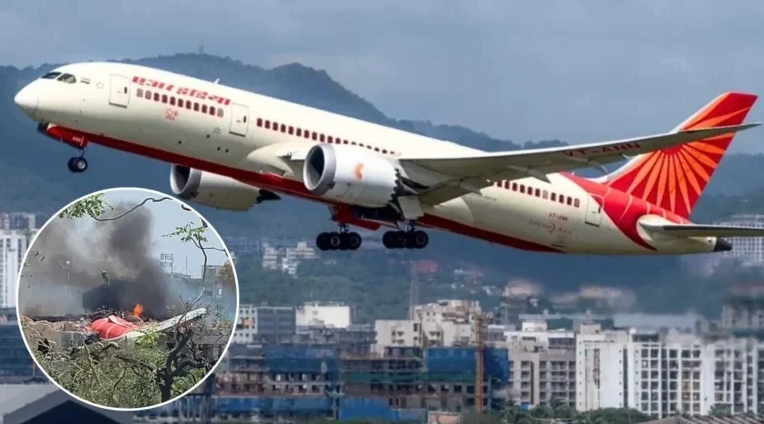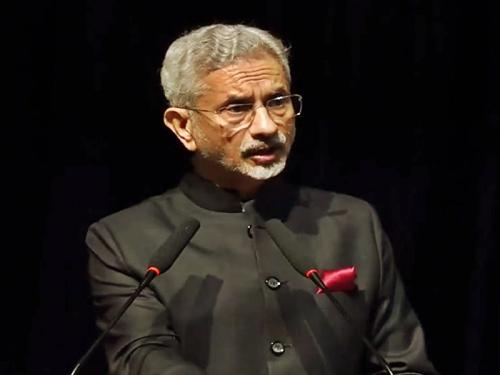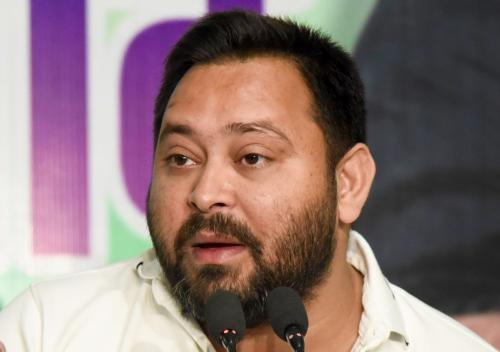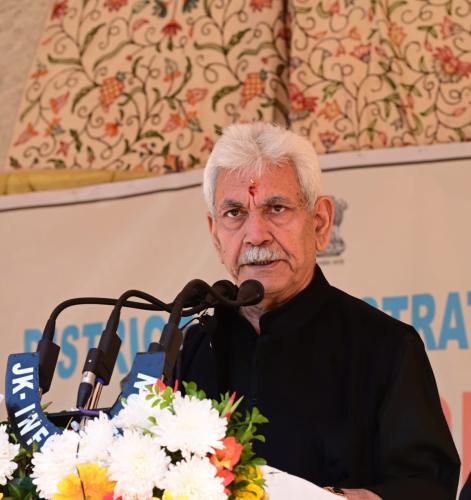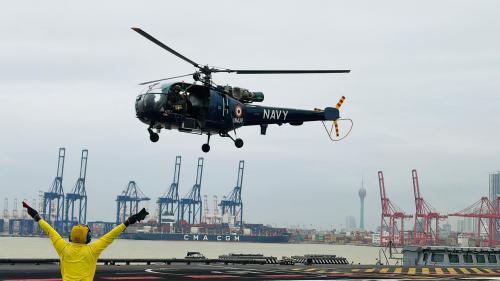By Prashant Shah
The air still hung with the acrid stench of fuel and ash when the twisted remnants of Air India Flight 171 were finally cooled enough for recovery workers to step closer. A Dreamliner—a name almost cruelly ironic in retrospect—had become a coffin for over 200 souls, incinerated within minutes of takeoff from Ahmedabad. What was supposed to be a routine flight to London turned into one of the deadliest aviation disasters in modern Indian history. Now, amid sirens, charred buildings, and mourning families, we must ask with clarity, rage, and purpose: Who is to blame? How did a marvel of modern engineering fall from the sky, and what does this horrific event say about the world's complacency toward human life in the race for speed, scale, and profit?
Flight 171’s failure is more than a technical anomaly—it is a systemic failure of the travel industry, manufacturing ethics, regulatory oversight, and societal priorities. Early evidence points to a malfunction during takeoff—non-retracting landing gear, possible flap failure, and other yet-to-be-confirmed mechanical missteps. But underneath every bolt and rivet, behind every inspection checklist, there are decisions made by people. Decisions driven by deadlines, cost-cutting, regulatory loopholes, and sometimes, sheer arrogance. The machine may have fallen, but the guilt is all too human.
It begins with the aircraft manufacturers. Boeing, once the paragon of aviation engineering, is again in the crosshairs. The Dreamliner was sold as a revolution—fuel-efficient, digitally advanced, and safe. But safety is not just a marketing line. Over the past decade, Boeing has repeatedly drawn scrutiny for prioritizing production timelines and shareholder satisfaction over exhaustive safety assurances. The question isn’t whether they intended for a crash to occur. The question is whether they, in their pursuit of corporate triumph, ignored the creaks, the errors, the subtle warnings. A plane doesn’t drop from the sky without whispering its distress first. Was anyone listening?
Then there is Air India, still in its transitional phase under Tata Group’s stewardship. Inherited from years of public sector neglect, the airline has been undergoing massive overhauls—new aircraft, rebranding, retraining. But these transitions must never outpace safety. No facelift is worth the blood of innocents. Was this aircraft adequately maintained? Were protocols followed, or fudged under pressure? Was the crew trained for crisis, or merely qualified on paper? These are not rhetorical questions. They are questions whose answers will determine whether India ever learns from its own grief.
Yet, beyond manufacturing floors and airline boardrooms, a more insidious issue looms: the culture of regulatory compromise. Aviation regulators in India and abroad bear the burden of preventing precisely this type of catastrophe. Yet too often, inspections become formalities, approvals are rushed, and whistleblowers are silenced or sidelined. What good is a license to fly if it’s signed off with shrugged shoulders and political convenience? If regulatory agencies function more as enablers than gatekeepers, then every ticket sold becomes a potential death sentence. Oversight without spine is just optics.
And amid all this—a pile of wreckage, a cacophony of sirens, and hundreds of homes forever shattered. The human cost is unfathomable. Families that waved goodbye at the airport are now clutching photographs, identifying bodies through DNA reports. Dreams of students, professionals, elderly couples returning home, all erased in seconds. For what? For whose profit? For whose negligence? We speak so easily of "200 dead" as a statistic. But these were people with birthdays next month, plans for dinner, unread texts on their phones. No number can capture the grief of a parent burying their child, or a child too young to understand why their parent isn’t coming home.
Even worse, already, the blame game has begun. Executives issue sterile condolences. Politicians offer platitudes and promises of “strict action.” Meanwhile, survivors and the bereaved are left in limbo, trapped in a purgatory of bureaucracy and slow justice. Compensation will come—but when? Will it ever be enough? Is there any sum that can account for this level of pain, betrayal, and loss? History has shown us, time and again, that once the news cycle moves on, so does the urgency for accountability.
This is not just an Indian tragedy; it is a global alarm bell. Every airline that skimps on maintenance, every regulator that rubber-stamps inspections, every manufacturer that places market share above lives—take heed. You are not immune. A malfunction in Ahmedabad today could occur in Atlanta tomorrow. Safety is not a region-specific privilege. It must be a global guarantee.
The travel industry must now look itself in the mirror and ask the most uncomfortable questions. Are safety drills treated as sacred or skipped for convenience? Are warning signs dismissed to preserve PR? Are pilots empowered to speak up without fear of reprisal? If the answers to these questions aren't unequivocal yeses, then more tragedies lie ahead. Not as fate, but as consequence.
Ultimately, this crash must serve as an irreversible turning point. Not a momentary shock, but a lasting reckoning. A reckoning that forces manufacturers to prioritize quality over quantity. That demands regulators develop teeth and use them. That compels airlines to invest not just in marketing campaigns but in rigorous, repeated, and transparent safety audits. That places human life—not efficiency, not image, not quarterly earnings—at the center of aviation’s purpose.
Because this was not just a crash. It was a breach of trust. Every person who boards a plane entrusts their life to systems, to strangers, to science. When those systems break and no one is held responsible, trust dies with the passengers.
Flight 171 should never have fallen. But since it did, we owe it to the dead to ensure it never happens again. Not with slogans. Not with sympathy. But with change.


